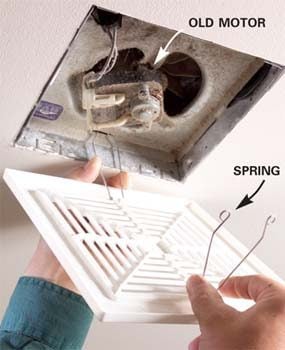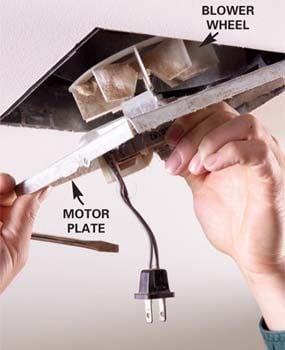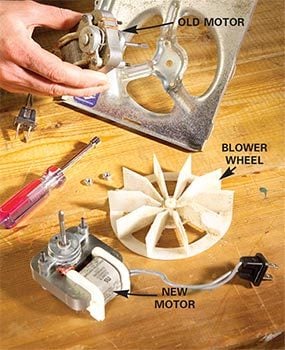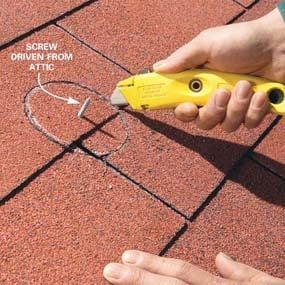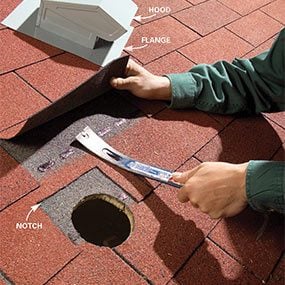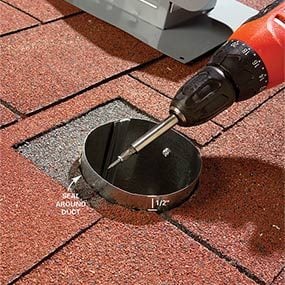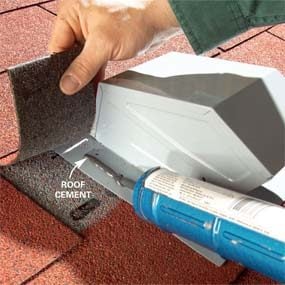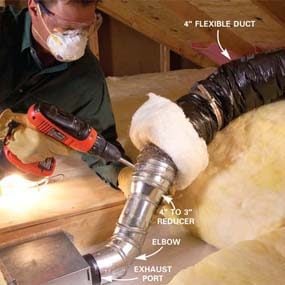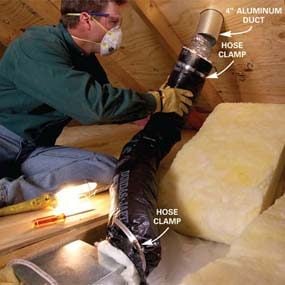
Home renovation can be a stressful undertaking. It is wise to deliberate carefully about renovations. All disputes over the renovation plan must be settled before the work begins or you are just postponing an inevitable (and probably heated) argument. Everyone in the family should have a voice in this undertaking, as it truly is a family affair.
The following list could have had three, eight or even 20 entries, but if you stick with the basics and exercise self-control, the following five keys can help guide you to, and through, a successful home renovation.
1. Good relationships mean good business – A home renovation will be a lot less stressful if you have a solid, trusting relationship with your contractor. Trust doesn’t arise between people instantly, but there are ways to speed the process, such as “third-party trust,” meaning referrals. If you don’t already know and respect a builder in your area, ask the people you trust about the contractors that they trust. Get referrals, and interview the prospects to get at least somewhat of a “feel” for them. Get referrals, check credentials, trust your instincts – and call references. Nothing builds trust in a contractor like good, positive reports from previous customers.
2. Accurate budgets are crucial – You need to understand how to budget for the job, and what is really involved, financially, in your home renovation. The better understanding you have of your budget, and the more accurate the estimates you include, the less likely your job will exceed your expectations. Although your contractor can supply some good information here, you should maintain authority over the budget yourself and not give anyone – not your spouse, your family as a whole or the contractor – the “keys to your wallet.” Do your homework, and follow the budget.
3. Home renovation is messy – Prior to the start of actual construction, remove all valuables and breakables from the affected areas. Unless the garage is part of the plan, you might consider storing items there. If the whole house is involved, think about renting a storage unit. While this will cause some short-term dislocation and require some sweat from the family’s brows (or more paid help), renovations are inevitably messy and accidents will happen. Take whatever steps are necessary to ensure the safety of your valuables, fine furniture, Persian rugs and other possessions.
4. Stick to the payment plan – One easy way to ruin your relationship with your contractor, and slow down or terminate your renovation project, is to deviate from your payment plan. If you are developing a timetable for the contractor’s work, you should also prepare, and adhere to, a timetable for the payments. You should be proactive in this matter, and never allow communication to deteriorate to the point where the contractor has to ask for money. Plan out every detail and every dollar, and follow the plan.
5. Extras: There’s always something – When developing your renovation budget, leave some room for the unanticipated extras that inevitably come up in the course of a home renovation. In addition, once you start renovating, you may think of other improvements or changes you wish to make. This means building some flexibility into the financing, as well as the project plan and the timetable. Strike a balance between firmness and flexibility so that you don’t go off on a tangent and lose control of the cost or the schedule.
Like most big undertakings, a home renovation can be somewhat scary. Don’t hesitate to speak with friends, relatives, coworkers or neighbors who have been through the same thing. Investigate all concerns – listen carefully, take notes and don’t leave any question unanswered before finalizing your plan and your budget. Don’t be in a hurry, don’t make assumptions and, above all, do not waver in your determination to see the project through to a successful conclusion






